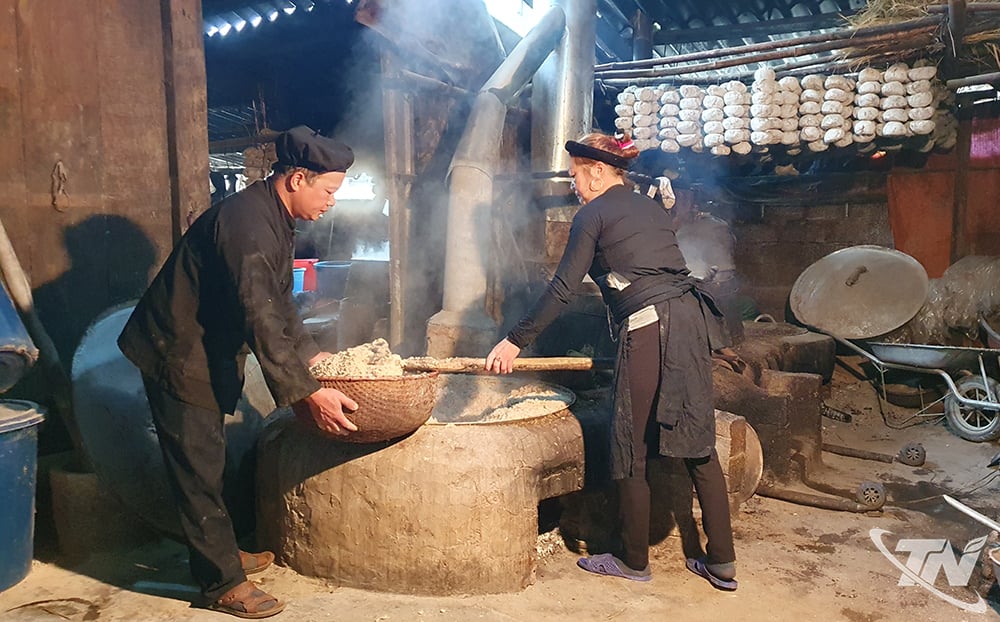 |
| What makes the unique flavor of Bang Phuc yeast wine is the secret of making yeast to ferment the wine. |
Yeast crystallized from indigenous folk knowledge
Bang Phuc Commune (old) now Dong Phuc Commune is an area with an altitude of about 1,400m above sea level. Located in a high terrain with a cool climate all year round, this place has long been famous in and outside the province for its yeast wine making profession. To make yeast wine with a distinctive flavor, people process the yeast fruit themselves as raw materials for the wine batches.
Mr. Phuong Ngoc Thoan's family, Na Pai village, Dong Phuc commune, is one of the famous households for the traditional profession of making yeast wine, with a consumption output of up to thousands of liters per month.
Mr. Thoăn shared: Since my father's time, the family has maintained the yeast cake making profession by using about twenty different types of medicinal plants. The plants are divided into three main groups. The first group includes species whose stems, roots and leaves can be used, such as: wild gerbera, Chinese clematis, spiral chrysanthemum... The second group includes species whose stems and leaves can be used, such as: three-leaf clover, egg-picking plant, Vietnamese coriander, lemongrass, curly clematis, thousand-year-old vine, jujube tree, bird's foot ivy. The last group mainly uses the roots and tubers, of which the most popular is galangal.
After being selected and mixed according to secret ratios, these medicinal herbs will be boiled to get water, used as an ingredient to mix with flour, creating yeast - the soul of the famous Bang Phuc wine flavor.
When making yeast, people put rice flour and galangal powder in a clean basin and mix well, according to their own family recipe, then add the boiled and cooled herbal water to the rice flour and galangal mixture. The amount of herbal water is just enough so that the flour mixture is not too dry, not too wet, and when squeezed, it does not stick to the hand, which is the requirement.
Mr. Phuong Ngoc Thoan and his wife were quickly molding yeast balls while sharing: In many localities, when making yeast, they usually mold small balls the size of a drinking cup, while the Tay people who make wine in the old Bang Phuc area often mold yeast balls the size of a rice bowl, each weighing from 250-300g.
After the yeast is molded, it will be incubated. The incubation place is usually a wooden or bamboo bed, about 70-80cm above the ground, with a layer of clean straw about 2cm thick. The straw used for fermentation must be rice straw harvested in the season, harvested, threshed and threshed by hand. Do not use straw cut from a combine harvester because the straw is susceptible to fungus, mold or mud.
When putting the yeast balls into the nest to ferment, do not stack them on top of each other, or place them too close together. Cover the nest with a thin layer of straw. If the weather is cold, cover the straw with a cotton blanket. During the incubation process, if the weather is favorable, after 2-4 hours the yeast balls will begin to ferment.
After 2-4 days, white mycelium will grow on the yeast cakes, the dry yeast cakes will gradually turn grayish white. When you see the mycelium growing about 1cm long, move the yeast cakes to a dry, airy place to dry naturally.
When the yeast cake is dry, the weight is only about 1/3 of the original, use a wire to tie it together, about 10 yeast cakes each, then hang it on a rack in the kitchen to prevent moisture and termites.
Previously, the Tay people in this area only focused on making yeast from August to October of the lunar calendar. This is the transitional season between Autumn and Winter, the weather is not too hot and not too cold, the humidity is moderate, favorable for the fermentation and drying process.
Nowadays, due to market demand, yeast wine is produced year round by people, the making of yeast cake lasts from about March to early November of the lunar calendar.
Raw materials to create OCOP export products
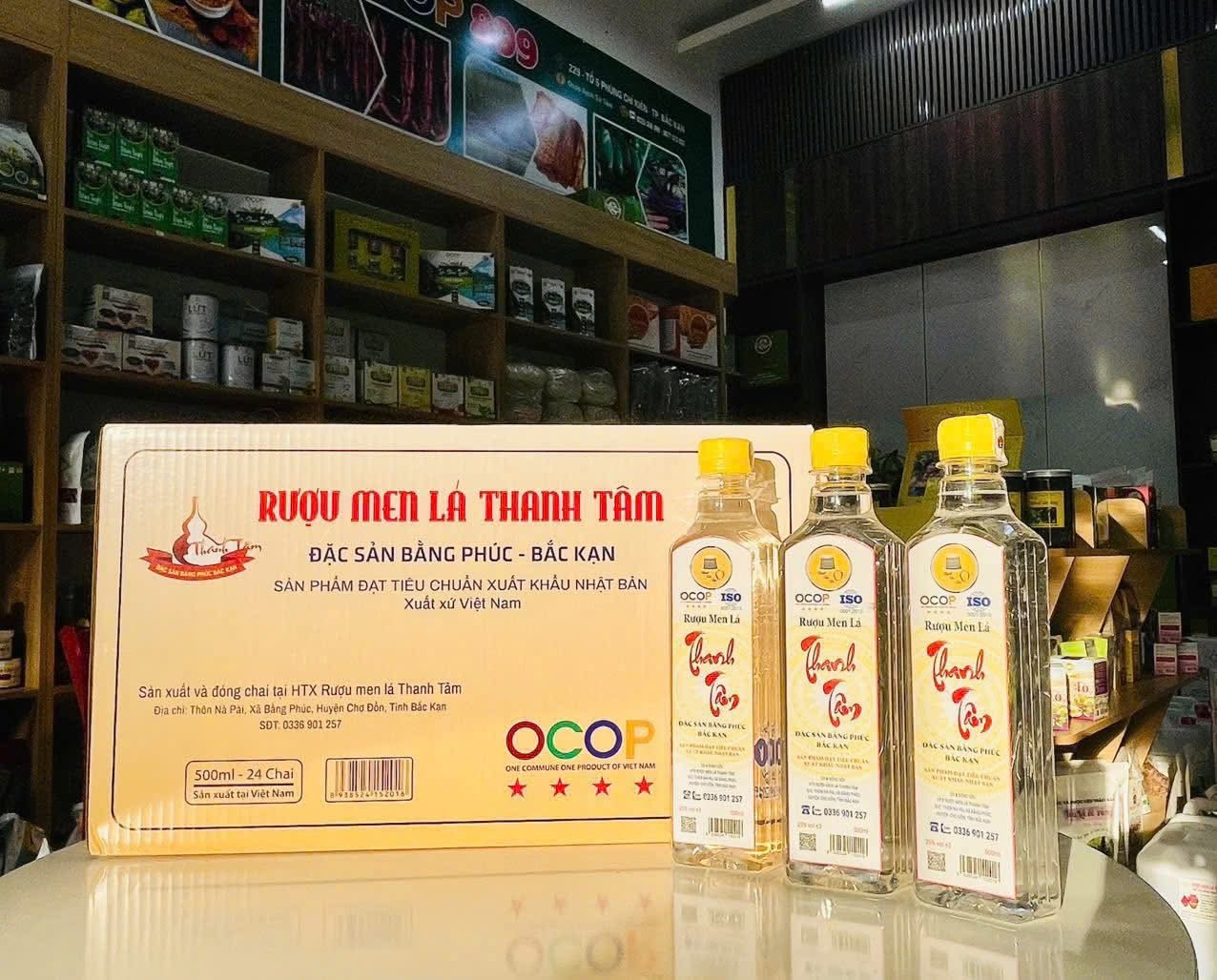 |
| Thanh Tam Cooperative's yeast wine products have been certified as 4-star OCOP products at the provincial level and meet export standards to the Japanese market. |
Through the long-standing process of making yeast, the Tay people here have accumulated a rich knowledge base about medicinal herbs, harvesting and exploitation times, mixing ratios, and experience in brewing and preserving traditional leaf yeast. That knowledge has been promoted by successive generations.
Dong Phuc commune currently has more than 300 households maintaining the traditional profession of making fermented rice wine, mainly concentrated in the Bang Phuc area (old) including the villages: Phieng Phung, Na Bay, Ban Khieu, Ban Chang, Na Pai, Na Hong, Khuoi Cuom, Ban Quan... The wine production output reaches more than 200,000 liters/month. Revenue from traditional fermented rice wine making is estimated at nearly 65 billion VND/year.
Ms. Nong Thi Tam, Director of Thanh Tam Cooperative, which specializes in producing yeast wine, said: Previously, yeast wine was often sold in communes and districts in plastic cans or glass bottles without a clear origin. Since joining the cooperative and the OCOP program, Bang Phuc yeast wine has been packaged in beautiful packaging, clearly identified and favored by consumers in many provinces and cities.
In 2022, Thanh Tam Cooperative's yeast wine products achieved 4-star OCOP certification at the provincial level and met all conditions and standards for export to the Japanese market. Up to now, the Cooperative has maintained stable orders in each batch.
The unique feature of Bang Phuc yeast wine is its mild, aromatic traditional wine, without any flavorings or additives, and without causing headaches thanks to being handcrafted from yeast made from many medicinal leaves picked from natural forests. This delicate combination has created a special flavor that is favored by many consumers in the provinces.
In addition, currently in Dong Phuc commune, there are also a number of cooperatives and wine businesses that cooperate with households to produce traditional handmade wine, creating many wine products with different names such as: Tam Son wine, To Hoai wine, Bang Phuc wine...
Mr. Trieu Quang Hung, Chairman of Dong Phuc Commune People's Committee, said: From the traditional profession of making fermented rice wine, households have combined pig farming and have an income of hundreds of millions of VND each year. In the coming time, the commune will support many households and production facilities to register for business licenses, support food safety records, register trademarks and trace the origin. Encourage the formation of groups, link between production households with cooperatives and enterprises to standardize products and expand the market. Research on building a collective brand or geographical indication "Dong Phuc fermented rice wine". The commune promotes people to maintain the profession of making fermented rice wine according to the traditional recipe and the right flavor to maintain the brand.
Since the new road connecting Bac Kan ward with Ba Be lake was completed (passing through Dong Phuc commune), the transportation of fermented wine has become much more convenient. Trucks carrying wine carrying the aroma of mountain herbs can reach consumers everywhere quickly.
Based on the valuable folk knowledge of how to make leaf yeast passed down by their ancestors, the people of Bang Phuc in particular and Dong Phuc commune in general have continuously preserved and developed the traditional wine making profession. The ancient profession has been preserved by the people and contributed to bringing stable income.
Source: https://baothainguyen.vn/dat-va-nguoi-thai-nguyen/202508/huong-say-men-la-bang-phuc-a070661/


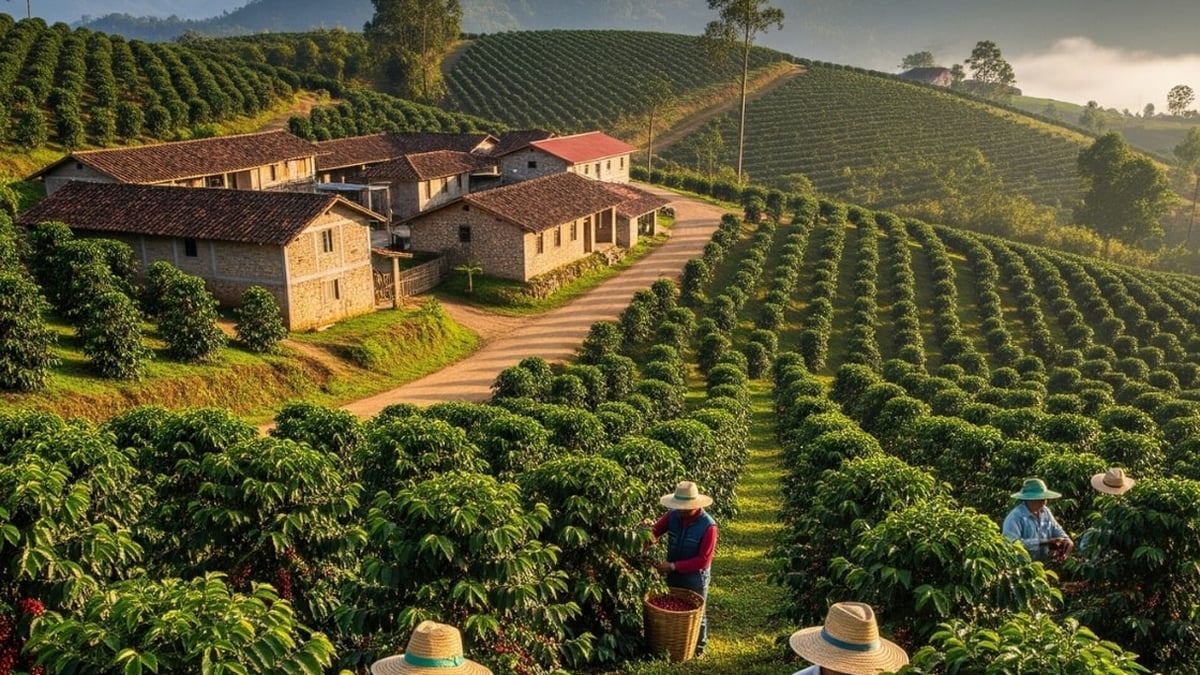


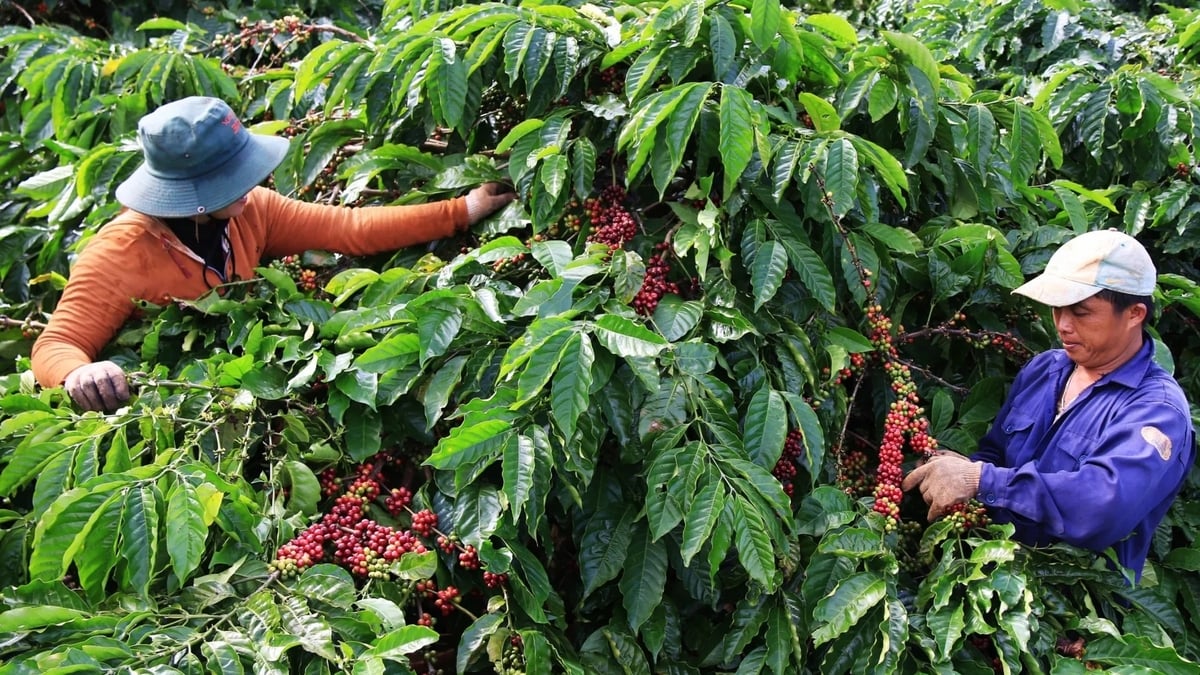



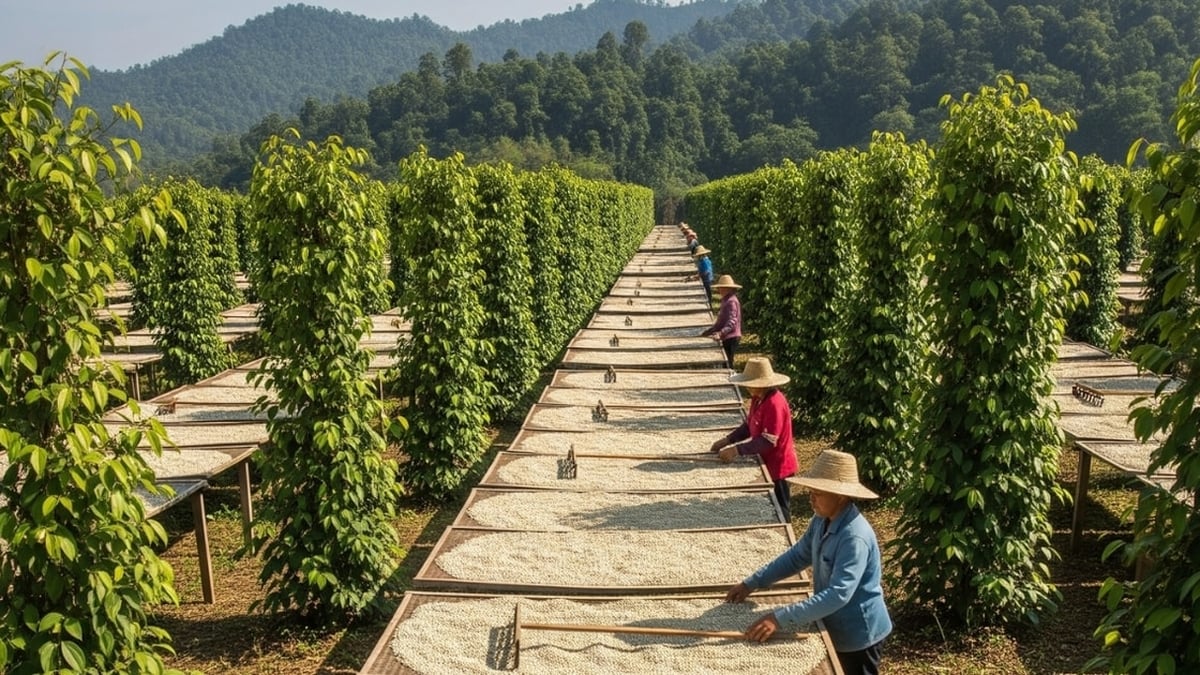
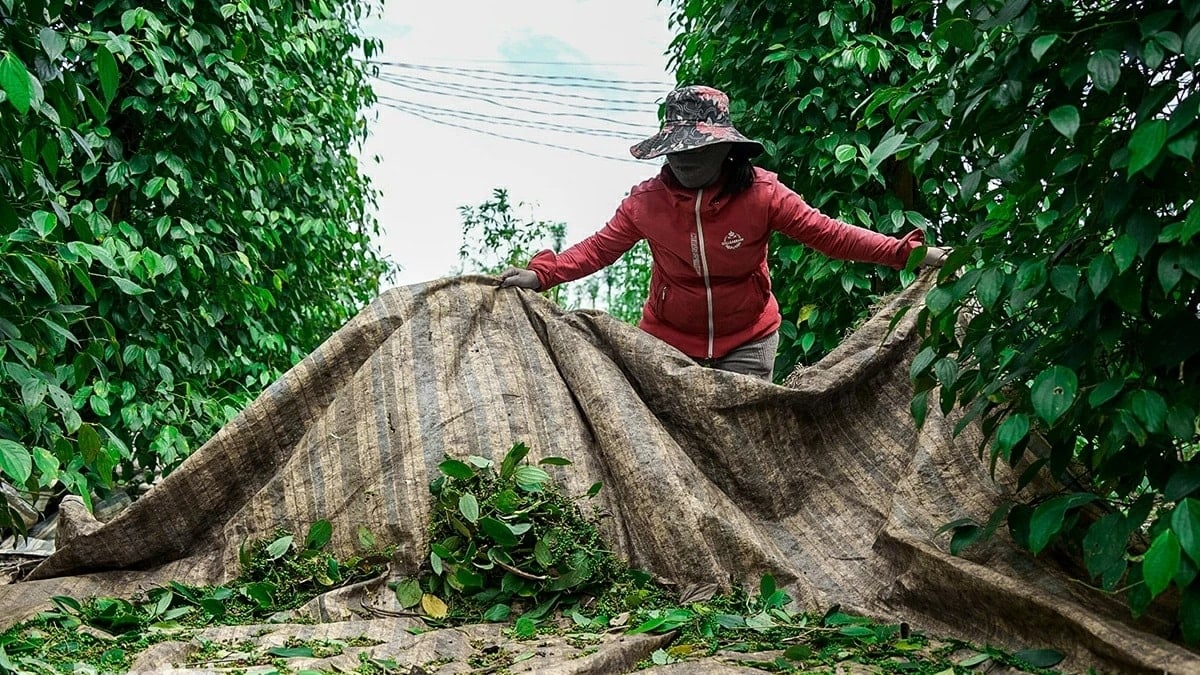
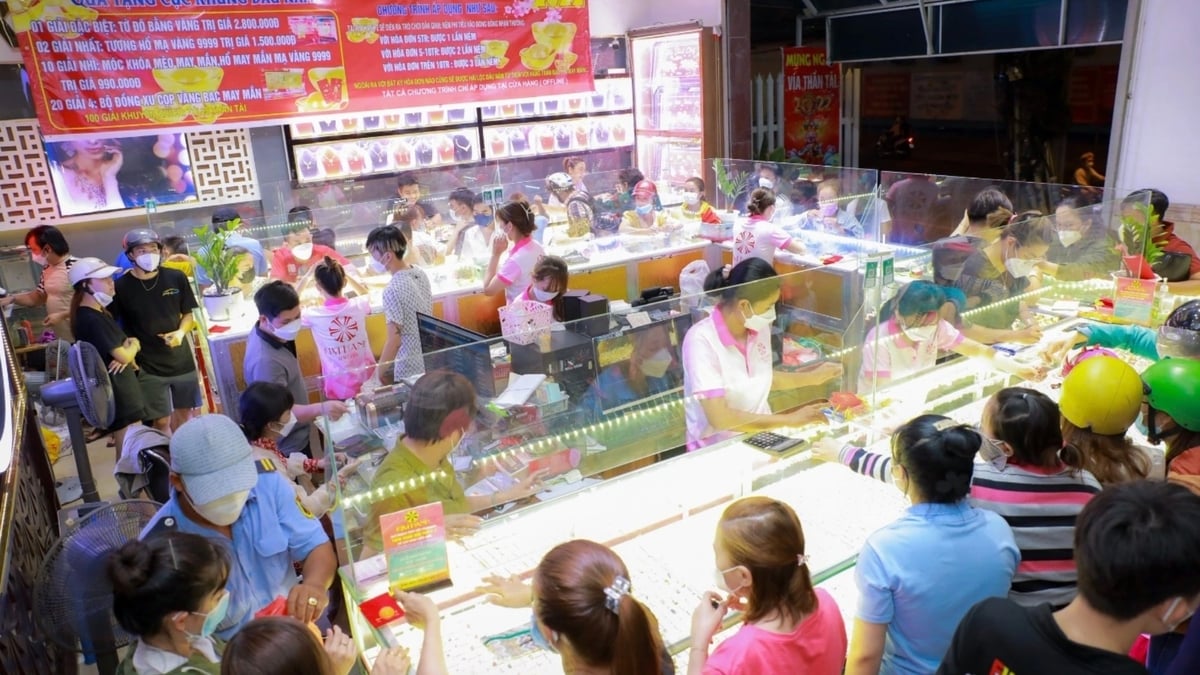











![[Photo] Nghe An: Provincial Road 543D seriously eroded due to floods](https://vphoto.vietnam.vn/thumb/1200x675/vietnam/resource/IMAGE/2025/8/5/5759d3837c26428799f6d929fa274493)

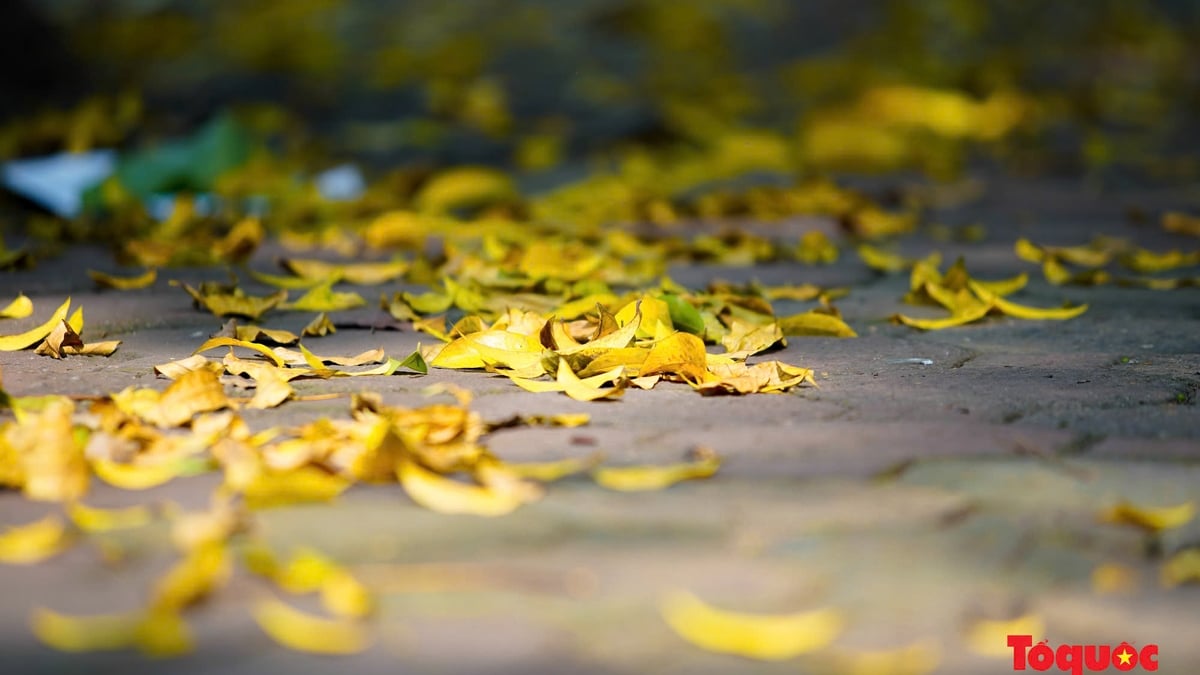



![[Photo] Discover the "wonder" under the sea of Gia Lai](https://vphoto.vietnam.vn/thumb/1200x675/vietnam/resource/IMAGE/2025/8/6/befd4a58bb1245419e86ebe353525f97)


































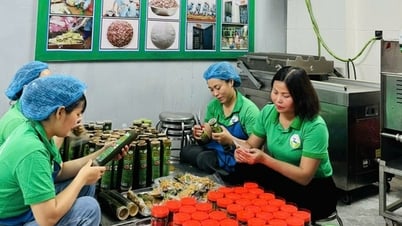































Comment (0)